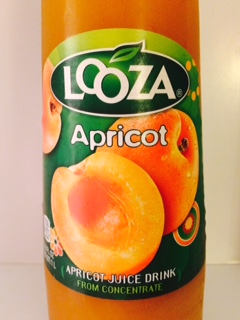
Gregory. He lives between the Starbucks and the barbeque place near the corner of Mission Beach Boulevard and Mission Bay Drive; catty corner from the roller coaster, in San Diego. You see him a lot, along the boardwalk.
One of the first things Gregory speaks about when you begin a conversation with him is the time several years ago that a group of rich kids beat him up. He needed emergency surgery and stayed in the hospital for over a week. He shows you his scars and tells you the details. They took his thirteen dollars.
I think it’s just as my ob/gyn told me after my first long and painful natural childbirth experience. Many weeks later I mentioned that I still couldn’t read, because I couldn’t concentrate. His response was that he thinks as humans we need to relive significantly upsetting experiences over and over, and talk about them over and over, until we have rehashed them enough to be comfortable with them in our heads.
Gregory and I are a little bit of buds. I am always happy that he remembers me. Our last encounter was amusing. From another man I know, Greg, who has been hanging around my neighborhood in Phoenix for the past five years, I realize that people living on the streets get hungry for homemade food. But I’m not much of a cook – not my thing. So when I last saw Gregory I asked him what he was hungry for? He thought for a minute and decided that a tuna fish sandwich sounded awfully good, and anything other than water to drink. He was tired of water. I said okay, I would be back.
I decided instead of buying him a “chick food” tuna sandwich with tarragon, dill, and the like, from a cafe near me, that a plain old homemade tuna sandwich from a deli market about a mile and a half away was probably much more what he was thinking.
At this point I recruited my husband, who was out on a bike, to go get him a sandwich and a bottle of my favorite Apricot nectar (Looza’s), because he might have a shot at getting there more quickly; quickly enough to be able to still find Gregory.
Well, as these things often go, my husband rode around for quite awhile before locating him. When he finally did, Gregory was sitting on the boardwalk by Hamel’s talking to a woman who was standing over him. John waited awhile for a break in their conversation, straddling his bike, kind of standing over, but to the side of them, with the plastic to-go bags hanging on the handlebar of his bike. When the conversation finally paused, John looked at Gregory and asked, “Did you order a tuna sandwich?”
Gregory thought during a long pause, and after a puzzled look which turned into a faint grin, said “Yes”.
John handed him his lunch and pedaled off.
We still wonder what the woman thought, and we still giggle. It was fun and it was funny. Gregory is cool.
You might check out this song, Tuna Fish Sandwich, by Tim Hawkins. (I’ll make a Spotify fan out of you yet.)
We think these guys are as much a part of this community as we are. If you would like to combat a few of the locals, including a woman named Racheal Allen and a man named Mike Spangler, who are trying to run off the homeless folks so that they can have a prettier looking beach, you might check out their Facebook page, cleanuppb.
Here is an article about the issue in the local paper, the Beach and Bay Press.
Photo of Gregory, with his permission, by the author.



 This nectar ~ the most sensuous and satisfying drink I’ve ever had. At my first chilled taste, I realized why “nectar” is such a revered concept.
This nectar ~ the most sensuous and satisfying drink I’ve ever had. At my first chilled taste, I realized why “nectar” is such a revered concept. The sun setting over the Pacific Ocean in Mission Beach, California, has such a draw that most of us sit still, or stand still, and watch for several minutes as it appears to hit the water and then gradually disappear. It feels like a communal spiritual experience.
The sun setting over the Pacific Ocean in Mission Beach, California, has such a draw that most of us sit still, or stand still, and watch for several minutes as it appears to hit the water and then gradually disappear. It feels like a communal spiritual experience.


 Volkswagen Poster (1938)
Volkswagen Poster (1938) Volkswagen Stamp (1938)
Volkswagen Stamp (1938)